The Chihuahuan Desert
Today the Chihuahuan Desert is a grassland or a shortgrass prairie, but hundreds of millions of years ago it was the ancient seabed that formed the limestone reef called Capitan. Like all arid lands, rainfall here is unpredictable and temperatures high. To cope with these conditions, much of the life in the Chihuahuan Desert today takes place below ground. Although it might seem contradictory in such an inhospitable environment, there is actually a great diversity of species in this desert world: more than 800 plant species, 330 some-odd bird species, 64 mammals, and 44 reptile and amphibian species. Six species are federally endangered; eight are state endangered. Instead of being a hostile environment, the desert actually provides a haven for these living things.
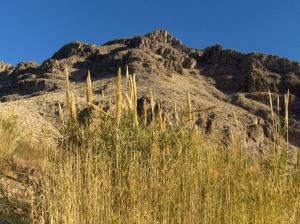
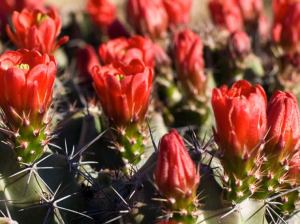
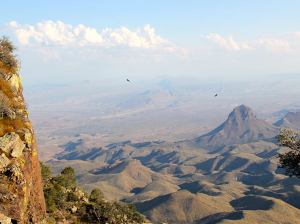
Much of the life in the Chihuahuan Desert today takes place below ground.
Plants sink their roots deep, some as much as 30 feet, to find permanent moisture. The greenish stems of the ocotillo can actually photosynthesize, producing enough food to create brilliant clusters of red flowers. Cacti, yuccas and agaves can both conserve and store water. Rain, when it comes, is an added bounty, prompting the land to burst into blossom.
The desert holds a number of flowering plants, shrubs and trees, along with insects, rodents, and a variety of mammals. The health of an ecosystem can often be determined by the condition of the top-ranked predators. Those in the Chihuahuan Desert include the mountain lion, bobcat, kit fox, gray fox and coyote, whose populations are mostly stable. This is evidence of an ecosystem in fairly good balance.
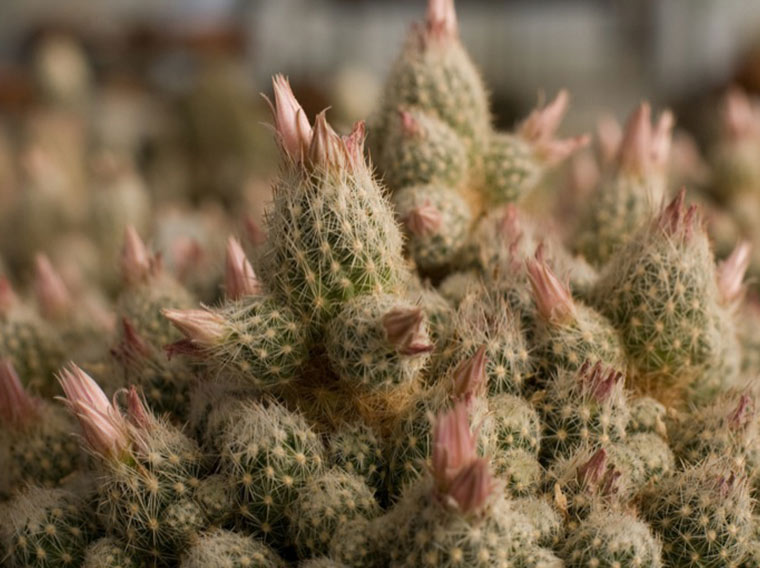
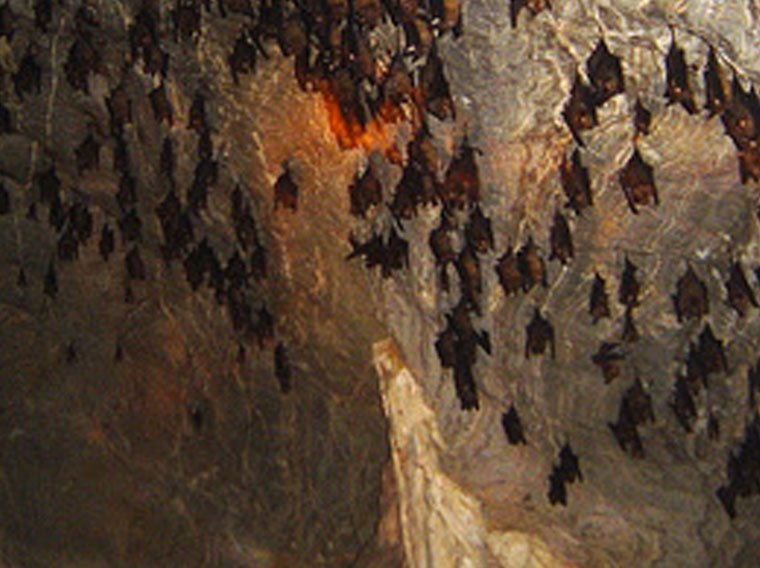
Probably the two most famous residents of this desert environment are the Mexican free-tail bat (although there are 16 other bat species in the Park) and the cave swallow. The maternity colony of the Mexican free-tail bat is so famous (more than a half million fly out of the cave every evening to hunt from May to October) that the Park has a Bat Fly Program, one of its most popular. The Park also boasts the largest (about 2500 birds) and northernmost colony of the cave swallow, visible on their nests in the Cavern and hunting in nearby canyons.
Managers today follow a controlled-burn fire management plan in an effort to improve the health of the grassland and to reintroduce species that no longer inhabit the area. The progress is slow, but steady and the future looks bright.
More than a half million bats fly out of the cave every evening to hunt from May to October.

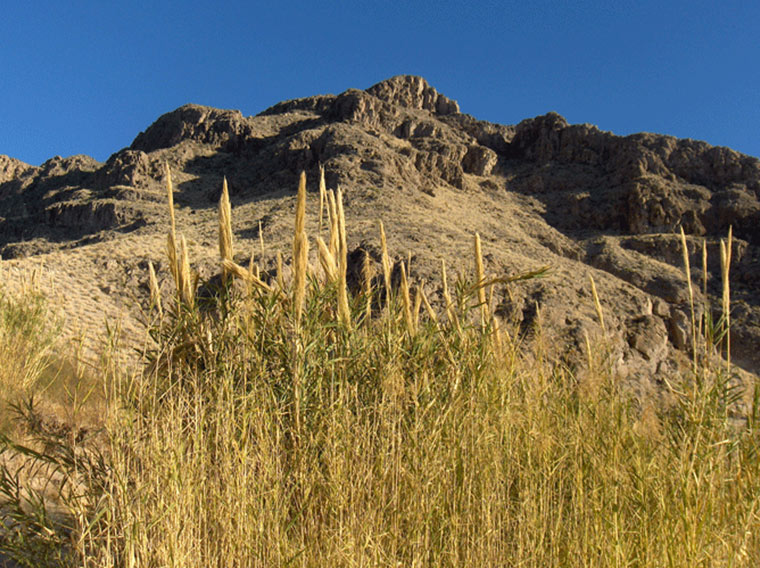

EXPLORE. DISCOVER. MAKE MEMORIES.
